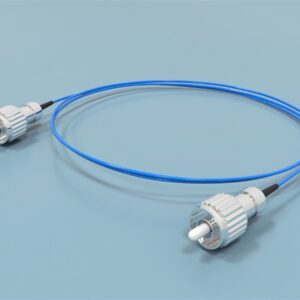$0.00 – $8,579.00Price range: $0.00 through $8,579.00
Precise stereo positioning of the brain of animals weighing less than 30 kg, such as monkeys, dogs, and pigs .
Manual and Digital version.
Animal stereotaxic instruments are important research tools in the fields of neuroanatomy, neurophysiology, neuropharmacology, and neurosurgery. They are used for directed injections, stimulation, lesioning, evoked potentials, and other operations on neural structures. They can be used for establishing animal models of Parkinson’s disease, epilepsy, brain tumors, learning and memory, neural stem cell transplantation, brain ischemia, and other research areas.

Conduct Science is a premier manufacturer of research infrastructure, born from a mission to standardize the laboratory ecosystem. We combine industrial-grade precision with a scientist-led tech-transfer model, ensuring that every instrument we build solves a real-world experimental challenge. We replace "home-brew" setups with validated tools ranging from microsurgical suites to pathology systems. With a track record of >1,600 institutional partners and hundreds of citations, our equipment is engineered to minimize human error. We help you secure more data for less of your budget, delivering the reliability required for high-impact publication.



The Conduct Science Stereotaxic instrument uses landmarks on the surface of the animal’s skull (such as the Bregma ) as basic reference points and determines the position of a neural structure (brain region) through the directional movement of a three-dimensional manipulator arm. The device can then be used to perform injections, stimulations, impairment, guided positioning and other operations on the specific brain region . This device can also be used in conjunction with optogenetics, two-photon, endogenous brain imaging, fiber optic recording, electrophysiology and other systems.
Model | Animal Size | Remarks |
|---|---|---|
CS-SLA-SL100 | Large Animal | Single Arm, Manual version, 100µm |
CS-SLA-SL200 | Large Animal | Two Arms, Manual version, 100µm |
CS-SLA-SL300 | Big Animal | Three Arms, Manual version, 100µm |
CS-SLA-SL400 | Big Animal | Four Arms, Manual version, 100µm |
CS-SLA-SL100D | Large animals | Single arm, digital Version, 10µm |
CS-SLA-SL200D | Large animals | Two arms, digital display, 10µm |
CS-SLA-SL300D | Large animals | Three arms, digital display, 10µm |
CS-SLA-SL400D | Large animals | Four arms, digital display, 10µm |
Reading accuracy: manual 0.1MM (100µm), digital 0.01MM (10µm)
According to the suggestions of many experts in the field of neuroscience research at home and abroad and referring to the performance characteristics of many similar products abroad, our large animal positioning instrument adopts self-developed patented technology, which has the advantages of smooth movement, precise positioning, solid and stable, and comfortable feel, which are mainly reflected in:
1 to 4 operating arms can be installed
X/Z axis moving range:80MM
Reading accuracy: basic version 0.1MM (100um), digital version 0.01MM (10um)
Locate to the initial position bregma and return to zero with one click
The digital display is powered by a DC dry cell battery
| animal-size | Large |
|---|---|
| arm | Single |
| version | Digital |
You must be logged in to post a review.
There are no questions yet. Be the first to ask a question about this product.
Reviews
There are no reviews yet.